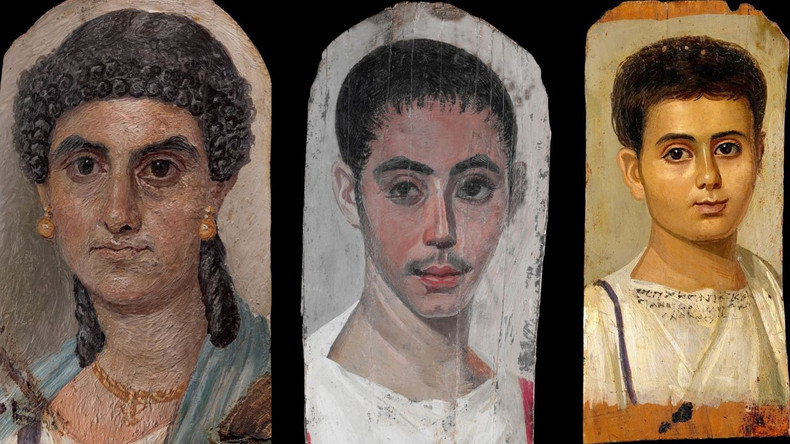Most Egyptians living in the Nile Valley and Delta form a fairly homogeneous group, with physical characteristics resulting from intermingling the indigenous African population and those of Arab ancestry. In urban areas, especially the northern delta towns, foreign invaders and immigrants such as Persians, Romans, Greeks, Crusaders, Turks, and Circassians have left behind a more diverse mix of physical traits. In these urban areas, traits such as blond and red hair, blue eyes, and lighter complexions are more common compared to the rural areas of the delta, where peasant agriculturists, known as the fellahin, have been less affected by intermarriage with outside groups.
The people living in the middle Nile valley, roughly from Cairo to Aswan, are known as the Saidi or Upper Egyptians. Although the Saidi tend to be more culturally conservative, they are ethnically similar to Lower Egyptians. In the southernmost part of the valley, the Nubians have different cultural and ethnic characteristics compared to other Egyptians. Their kinship structure is more complex, involving clans and broader segments, whereas other Egyptians mainly recognize lineage as kin. Despite intermarriage with other ethnic groups, particularly Arabs, Nubians generally exhibit physical characteristics more typical of sub-Saharan Africa.
The deserts of Egypt are home to nomadic, seminomadic, and sedentary groups, each with distinct ethnic characteristics. Apart from a few non-Arab tribal groups and the mixed urban population, the inhabitants of the Sinai and the northern section of the Eastern Desert are fairly recent immigrants from Arabia. They bear some physical resemblances to Arabian Bedouins Their social organization is tribal, and each group considers itself united by a bond of blood and descended from a common ancestor. Originally tent dwellers and nomadic herders, many have become seminomadic or even totally sedentary, especially in the northern Sinai Peninsula.
The southern section of the Eastern Desert is home to the Beja people, who closely resemble the ancient predynastic Egyptians. The Egyptian Beja are divided into two tribes—the ʿAbabdah and the Bisharin. The Ababdah live in the Eastern Desert south of a line between Qina and Al-Ghardaqah, with some groups settled along the Nile between Aswan and Qina. The Bisharin primarily reside in Sudan, although some also live in the ʿIlbah Mountain region, their traditional place of origin. Both the Ababdah and Bisharin are nomadic pastoralists who raise herds of camels, goats, and sheep.
In the Western Desert outside the oases, the inhabitants are of mixed Arab and Amazigh (Berber) descent and are divided into two groups: the Saidi and the Murabitin. The Saidi consider themselves descended from the Banu Hilal and Banu Sulaym, two major Arab tribes that migrated to North Africa in the 11th century. The Awlad Ali are the most significant and numerous of the Saidi group. The Murabitin clans have a client status about the Saidi and may be descendants of the original Amazigh inhabitants of the region. The Bedouins of the Western Desert were originally herders and tent dwellers but have now become either seminomadic or completely sedentary. They are not localized by clan, and members of a single group may be widely dispersed.
The original inhabitants of the oases of the Western Desert were Amazigh. Over time, many peoples have mixed with them, including Egyptians from the Nile valley, Arabs, Sudanese, Turks, and, particularly in the case of Al-Kharija, sub-Saharan Africans. Al-Kharija was the entry point into Egypt of the Darb al-Arbain (Forty Days Road), the caravan route from the Darfur region of Sudan.
In addition to the indigenous groups, there are several small foreign ethnic groups in Egypt. In the 19th century, there was a rapid growth of communities of unassimilated foreigners, mainly Europeans, living in Egypt. These communities acquired a dominating influence over finance, industry, and government. In the 1920s, the number of foreigners in Egypt exceeded 200,000, with the largest community being the Greeks, followed by the Italians, British, and French. Since Egypt’s independence, the size of the foreign communities has been greatly reduced.
